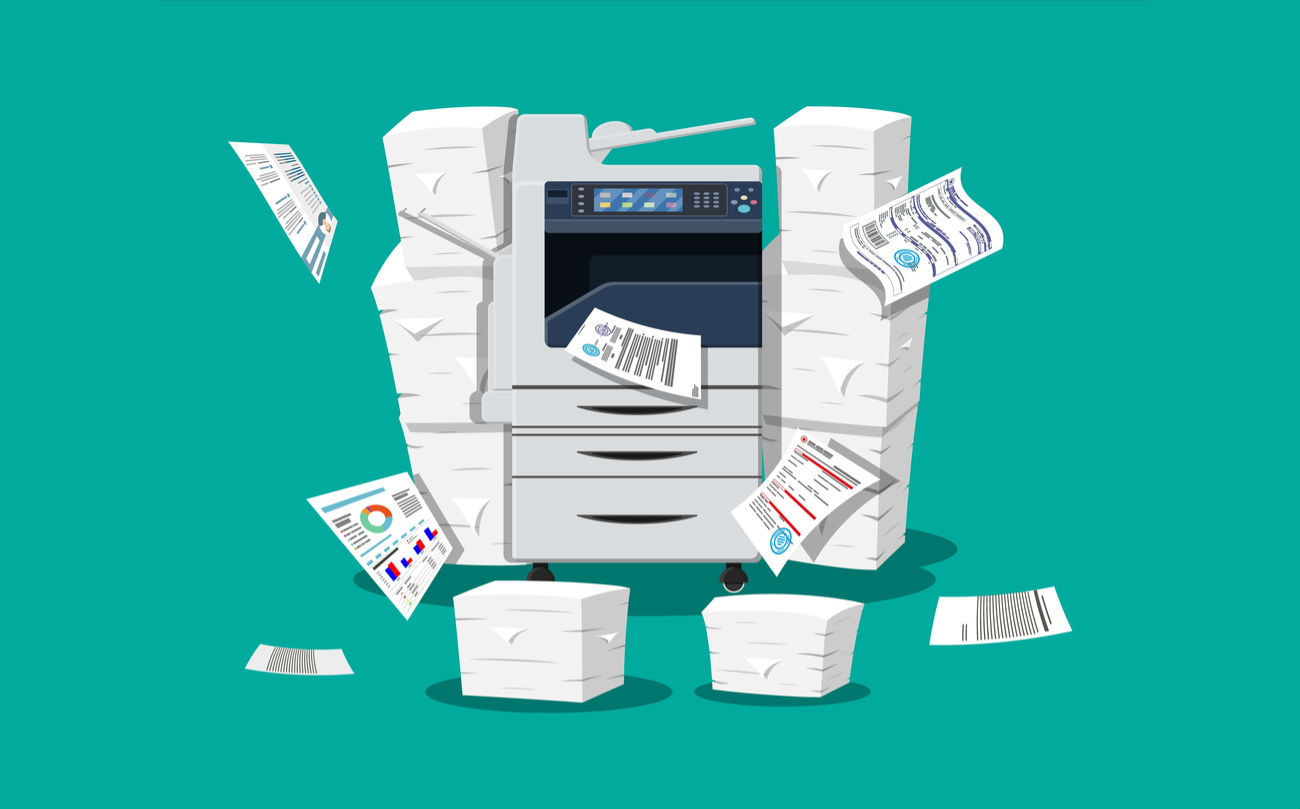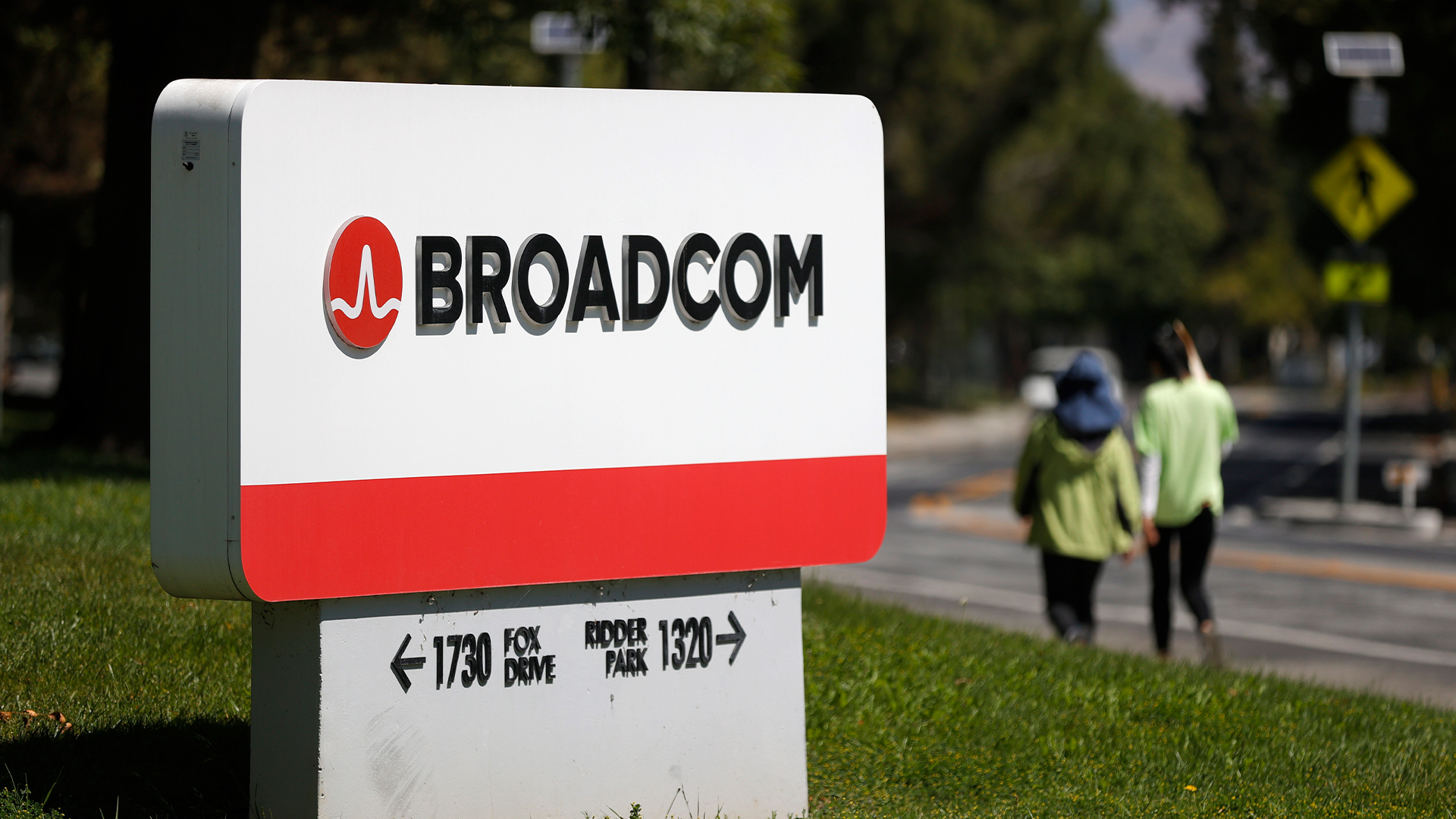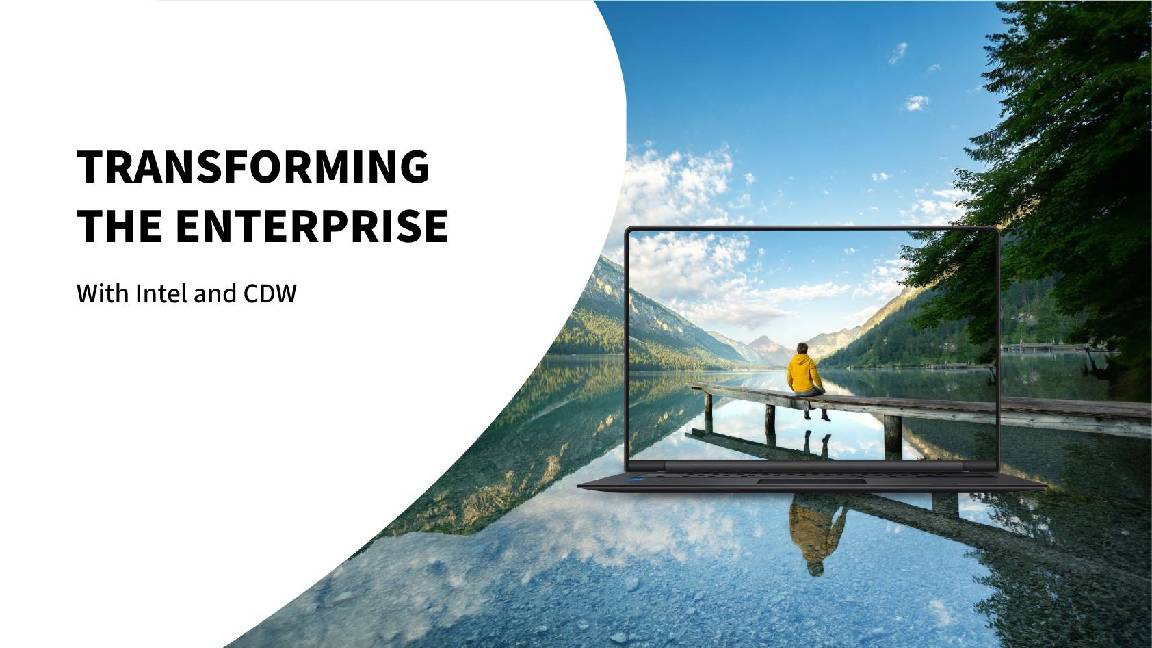What are managed print services?
Outsourcing management of your printers to an external provider can bring real benefits to businesses of every size


Traditionally, businesses would buy a range of printers, scanners and photocopiers for the different departments within the business. The IT team is generally responsible for the upkeep, like ensuring the ink and toner are stocked up, software is working and printer hardware is maintained. IT managers and decision makers do their best to match the printer fleet to business requirements, while providing scanning and document management capabilities to minimise paperwork and drive costs down.
Managed print services (MPS) takes a different approach, however, delivering printing, scanning and copying capabilities not through a set of products, but as a complete service. The deployment and management of all the hardware is outsourced to a single company, the MPS provider, who also handles consumables and maintenance, plus a print and document strategy, advice and support.
It is about more than just overseeing printers, and can include photocopiers, fax machines and anything else that generates paper. An MPS contract also normally includes managing all in-house printing and data capture devices.
Benefits of managed print services
One obvious benefit is that the workload of purchasing, maintaining and updating the firm's printers shifts from the internal IT team to the external provider, but MPS can also reduce printing costs, save time, transform working practices and boost productivity.
Another benefit is cost savings. MPS providers look for ways to rationalise and consolidate your printers, replacing many large, old laser printers or single use devices with a smaller number of newer, better distributed, faster devices or multi-function printers with all the necessary functions built in. This cuts down the size of your printer fleet without compromising productivity.
MPS providers also help to reduce waste by helping businesses better make use of high-quality draft modes, duplex printing and other features that cut down the amount of ink, toner and paper that they get through.
Because it's the provider's job to maintain the printers and keep them running with a steady stream of supplies, MPS can also help reduce support costs and free up your IT team to spend time on other projects. This also minimises the time employees spend waiting for printers to be fixed or working out the right settings.
Sign up today and you will receive a free copy of our Future Focus 2025 report - the leading guidance on AI, cybersecurity and other IT challenges as per 700+ senior executives
Disadvantages of Managed Print Services
Although MPS might be ideal for some companies, particularly those looking to work more flexibly, there are also some cases, particularly for smaller organisations where MPS may be more costly than running and maintaining your own printers.
Confidentiality can be an issue with a more centralised printing system. For people handling sensitive data and documents, having individual printers in more private areas of the office may make more sense so that more sensitive documents can be printed without worrying that they will be lost or misplaced at a centralised printer.
Some MPS providers include clauses in contracts that prevent you or your employees from replacing any printer hardware on your own, which can cause delays should an issue occur. Contracts should be checked carefully to see whether there are restrictions on which hardware you're allowed to use, and response times if a printer needs attention.
Boosting productivity
MPS providers know all about printing, but they're also experts at scanning and document management. That puts them in a good place to recommend new processes or working practices that can help you reduce waste, cut down on paper-based file storage and share information more effectively.
They can also help support printing and scanning from mobile devices, or even from outside the office, through the cloud. This supports a more flexible working style, by giving workers the full range of printing and scanning capabilities, or allowing hot-deskers to print to the nearest printer from wherever they are.
Analyst house IDC has estimated that simply moving from self-managed printers to MPS can save a business 30% of its printing costs, and there's scope to go further by rethinking how print is used in the business.
MPS makes printing costs predictable, and can free up office space wasted on bulky printers and copies so that you have the freedom to put it to more productive use.
Picture: Shutterstock
Esther is a freelance media analyst, podcaster, and one-third of Media Voices. She has previously worked as a content marketing lead for Dennis Publishing and the Media Briefing. She writes frequently on topics such as subscriptions and tech developments for industry sites such as Digital Content Next and What’s New in Publishing. She is co-founder of the Publisher Podcast Awards and Publisher Podcast Summit; the first conference and awards dedicated to celebrating and elevating publisher podcasts.
-
 Cyber resilience in the UK: learning to take the punches
Cyber resilience in the UK: learning to take the punchesColumn UK law now puts resilience at the centre of cybersecurity strategies – but is legislation simply catching up with enterprise understanding that resilience is more than just an IT issue?
-
 CISPE claims European Commission gave Broadcom a ‘blank cheque to raise prices, lock-in, and squeeze customers’ with VMware deal
CISPE claims European Commission gave Broadcom a ‘blank cheque to raise prices, lock-in, and squeeze customers’ with VMware dealNews Cloud providers have issued a formal response to the General Court of the European Union after the Commission defended its approval of the deal
-
 Global IT spending set to hit a 30-year high by end of 2025
Global IT spending set to hit a 30-year high by end of 2025News Spending on hardware, software and IT services is growing faster than it has since 1996
-
 AI tools are a game changer for enterprise productivity, but reliability issues are causing major headaches – ‘everyone’s using AI, but very few know how to keep it from falling over’
AI tools are a game changer for enterprise productivity, but reliability issues are causing major headaches – ‘everyone’s using AI, but very few know how to keep it from falling over’News Enterprises are flocking to AI tools, but very few lack the appropriate infrastructure to drive adoption at scale
-
 Pegasystems teams up with AWS to supercharge IT modernization
Pegasystems teams up with AWS to supercharge IT modernizationNews The duo aim to create deeper ties between the Blueprint, Bedrock, and Transform services
-
 Better together
Better togetherWhitepaper Achieve more with Windows 11 and Surface
-
 Transforming the enterprise
Transforming the enterpriseWhitepaper With Intel and CDW
-
 Your guide to smarter printing: 2024 edition
Your guide to smarter printing: 2024 editionWhitepaper Making smarter printing simple for all businesses
-
 The top trends in money remittance
The top trends in money remittanceWhitepaper Tackling the key issues shaping the money remittance industry
-
 How Kantar revamped its IT infrastructure after being sold off
How Kantar revamped its IT infrastructure after being sold offCase Study Being acquired by a private equity firm meant Kantar couldn’t rely on its parent company’s infrastructure, and was forced to confront its technical shortcomings
